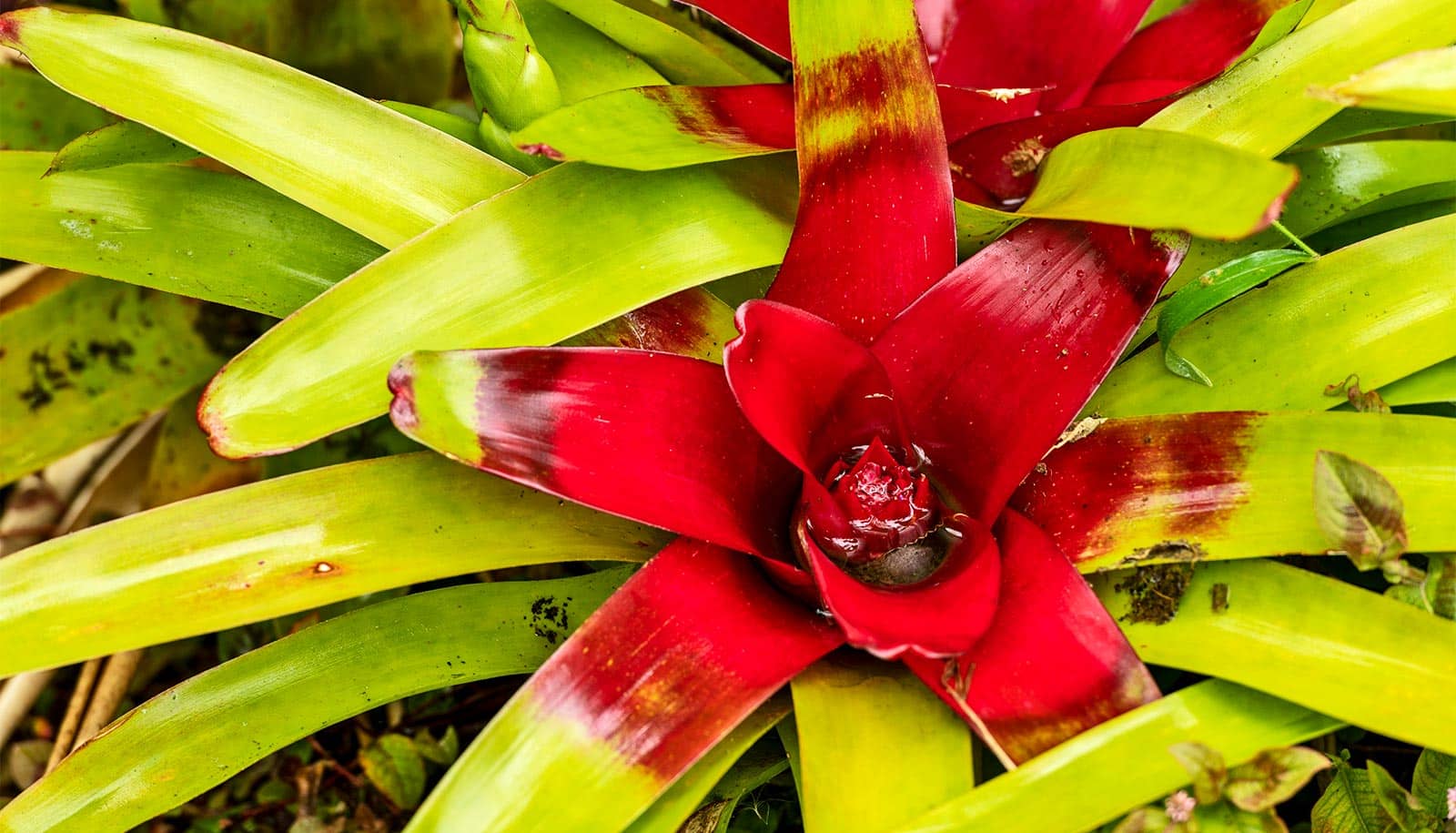What does 106-degree heat d0 to plants? Experts have some answers for you.
With temperatures across much of Southern California crossing triple digits this week, people are relying more than ever on plants to keep us cool outside. But the plants don’t get much of a break from the relentless sun.
How founded are fears that one of our main sources of shade might not make it through the heat wave?
Here, three University of California, Riverside faculty experts weigh in on how the weather affects our flora:
Why should people consider what happens to plants during a heat wave?
Amir Verdi, associate professor of agricultural and urban water management: There are three main mechanisms through which urban greenery contributes to cooling the environment: providing shade, reflecting sunlight, and using energy for transpiration that would otherwise increase air temperature. Transpiration is the process by which plants give off water vapor through openings called stomata in their leaves.
Nonetheless, plants have limited capacity to alleviate the urban heat island effect, which causes cities to experience much warmer temperatures than nearby rural areas. Therefore, people should be very careful during heat waves since extreme heat can cause significant health issues.
When it is, say, 105 outside, what is the temperature of our plant canopies? Are they the same temperature as the air?
Verdi: Our data shows that when plants are not irrigated, or are under prolonged water conservation, their canopy temperature is higher than the air temperature, especially close to solar noon. This is because transpiration is the primary cooling mechanism for plants, which require readily available water in their root zone.
However, we also have data indicating that canopy temperature varies across plant species. Much of our data comes from groundcovers and turfgrass species. Trees, on the other hand, are different since they provide shade, which is their main mechanism for cooling.
What are the chances most of our green landscapes will make it through this week?
Verdi: In general, if irrigated landscape plants receive enough water to meet their requirements, they should be able to withstand heatwaves.
Can you explain some differences between air and surface temperatures, and why that difference matters?
Darrel Jenerette, professor in the botany and plant sciences department Department of Botany and Plant Sciences and director of UCR’s Center for Conservation Biology: Surface temperature is measured using a radiometric approach ¾ basically an infrared thermometer. It is measured by handheld devices, drone cameras, planes, and satellites. It is a measurement of the outer layer of a material: rooftops of buildings, the top layer of soil, or exposed leaves. Air temperature is measured at a height of 2 meters above the ground.
It is important for plants, as knowing surface temperature is a good measure of the actual leaf and has consequences for photosynthesis as well as water loss. More water loss through the stomata cools the leaves. It’s also important for people to know about surface temps in that they are an indicator of the overall thermal environment and are components of the total heat load on a person.
Compared to air temperature, surface temperature is more spatially and temporally variable. For both, there is a lot of ongoing research trying to uncover how the thermal environment affects people. Not surprisingly, it’s complicated but no matter how you measure it, over 100 degrees Fahrenheit is hot.
During episodes of extreme heat, we go indoors. What happens to plants, which cannot do the same?
Francesca Hopkins, associate professor of climate change and sustainability: At some point, plants are going to simply shut down. It varies with species of plant and what they’ve been acclimatized to. But it’s safe to say many plants shut down at 105 degrees. At various tipping points, plants close their stomata and stop photosynthesis. They’re trying to hold on to water, so they don’t use their energy for anything else.
Under extreme heat, evaporation increases and things dry out. This increase is not linear. It is exponential.
Source: UC Riverside



